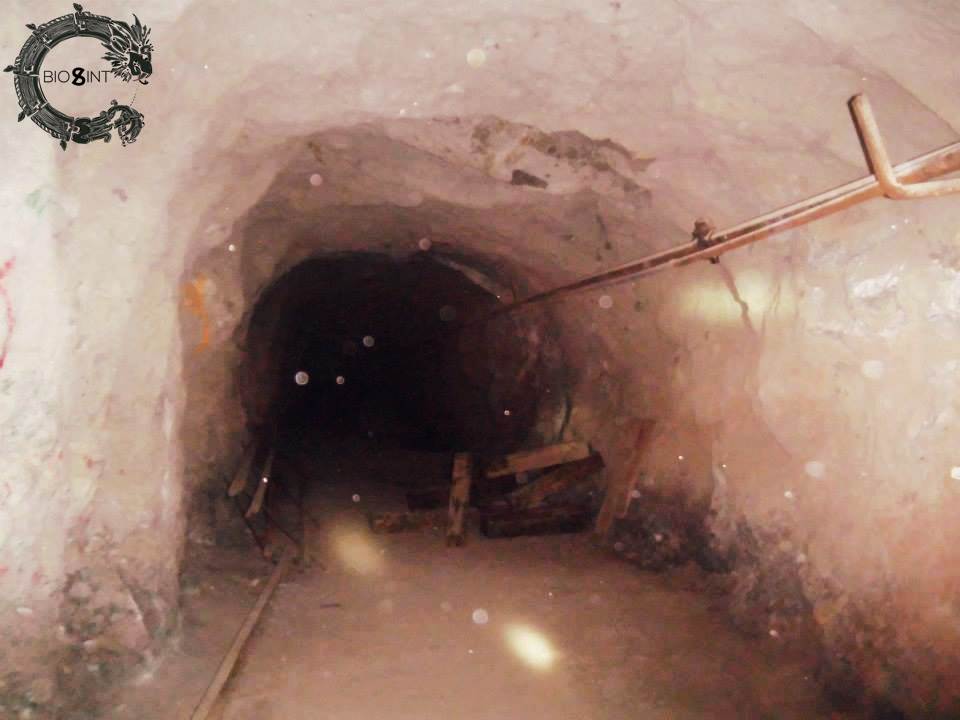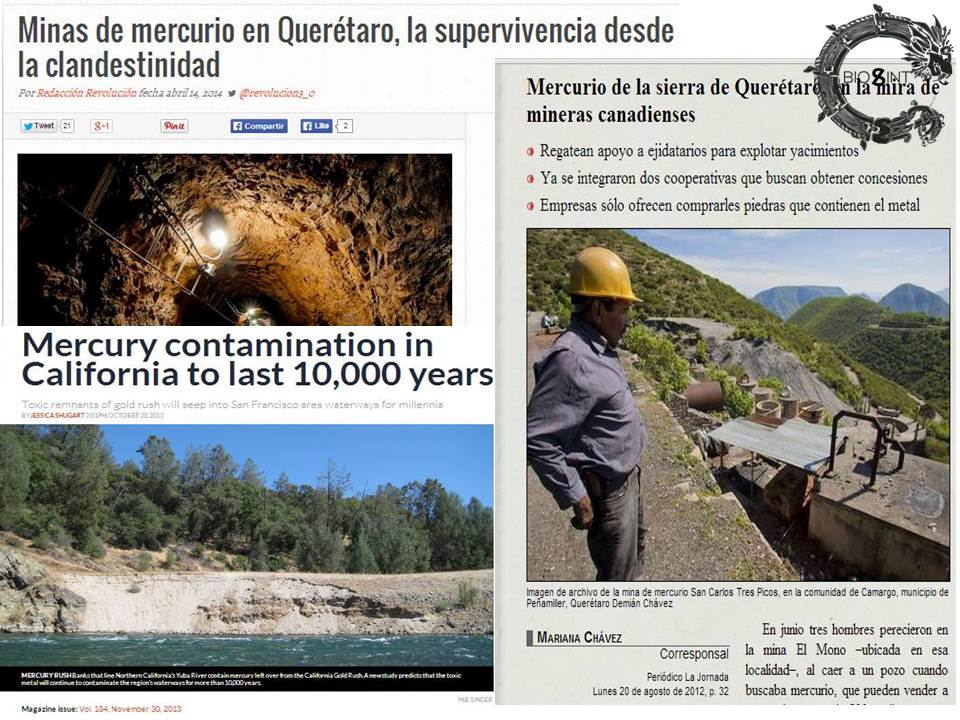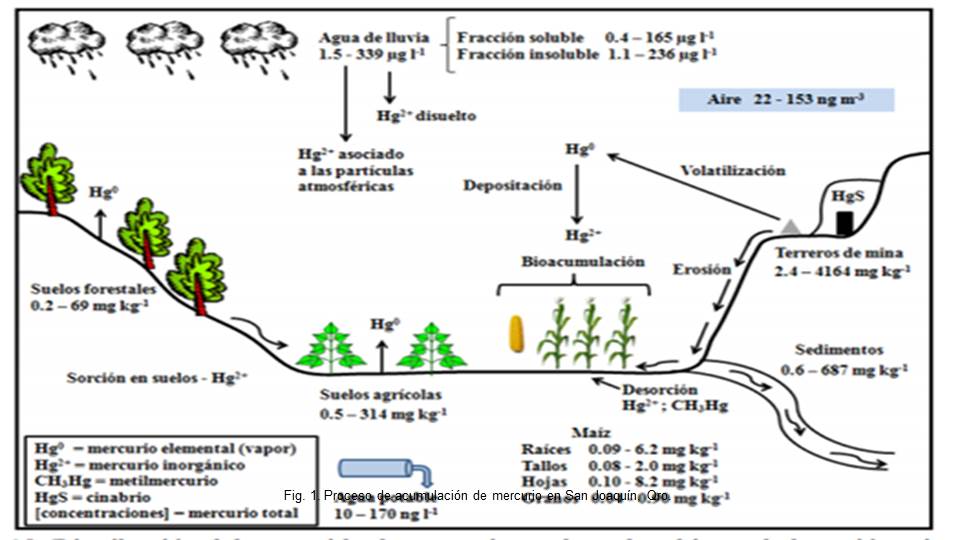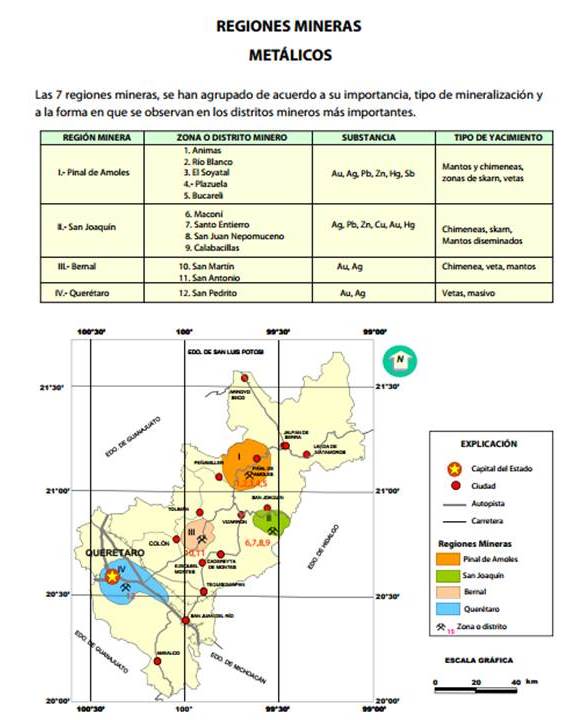Team:BIOSINT Mexico/overview
From 2014.igem.org
| Line 30: | Line 30: | ||
Environmental problems which include pollution of soil, water and air are associated with technological development. The use of synthetic products like pesticides, paints, batteries, industrial waste, etc. can result in heavy metal contamination of urban and agricultural areas. The accumulations in soils of some of them are dangerous to health and to the environment. Problems associated with heavy metals include exposure to mercury, cadmium, lead and arsenic. (Auburn, 2000) | Environmental problems which include pollution of soil, water and air are associated with technological development. The use of synthetic products like pesticides, paints, batteries, industrial waste, etc. can result in heavy metal contamination of urban and agricultural areas. The accumulations in soils of some of them are dangerous to health and to the environment. Problems associated with heavy metals include exposure to mercury, cadmium, lead and arsenic. (Auburn, 2000) | ||
| - | ::<font size="3" | + | ::<font size="3">[[File:Periodico.JPG|450px|thumb|left|'''Figure 2''' Queretaro's newspapers about pollution issues.]]</font> |
The health effects by mercury poisoning, specifically methylmercury in pregnant woman can adversely affect a baby’s growing brain and nervous system. It also may affect the cognitive thinking, memory, attention, language and fine motor and visual spatial skills of the chlidren. (U.S. Environmental Protection Agency, 2014) | The health effects by mercury poisoning, specifically methylmercury in pregnant woman can adversely affect a baby’s growing brain and nervous system. It also may affect the cognitive thinking, memory, attention, language and fine motor and visual spatial skills of the chlidren. (U.S. Environmental Protection Agency, 2014) | ||
Revision as of 01:56, 18 October 2014
Overview
Abstract
Metal contamination is a big problem that humanity have carried for centuries and has been left unattended. Naturally, metals persist in the environment by accumulating in water, soil and even air, thanks to its continuous change of chemical form. Mercury for example is a versatile material, and also an element that helps in the extraction of one of the most valued metals of all time, the gold, and it’s been a problem since the beginning of the Metal Age.
For this year, we have designed and tested a modular system,ready to be incorporated to Arabidopsis thaliana, as a possible, practical and environmentally friendly solution for the problem of heavy metal contamination.
The project was developed in three modules, that works as a machinery, being its main functions, acting as a biosensor of heavy metals contamination and as a bio-remediator and bio-acumulator of mercury found in soil and water. The three modules are in charge of specific tasks, the first one, regulates the transportation of mercury from the environment to the interior of the cell, also this module allows the cell to process derived compounds from mercury, specifically, methyl-mercury, and change its chemical form to a less toxic, which is Hg++.; the second is a biosensor that uses degreening system, which acts as a visual reporter for detection of metal contamination in the substrate; finally, the third module is controlled by a light switch incorporated in the cell, responsive to far red light (740 nm light-wave) which allow us to deactivate the de-greening process once the contamination is reported.
As the first step, the modules were designed and synthesized, using both BioBricks from the kit and new Bricks. For the main design PSB1C3 was used as backbone and Ecoli was used to transform. The construct was transferred to specifics plasmids for Agrobacterium, designed by the iGEM team Harvard_2010. This plasmid was used to transform Agrobacterium in order to do a posterior transformation of Arabidopsis thaliana by using the procedure reported by Boyle, P.; et al.(2012)
Justification
Environmental problems which include pollution of soil, water and air are associated with technological development. The use of synthetic products like pesticides, paints, batteries, industrial waste, etc. can result in heavy metal contamination of urban and agricultural areas. The accumulations in soils of some of them are dangerous to health and to the environment. Problems associated with heavy metals include exposure to mercury, cadmium, lead and arsenic. (Auburn, 2000)
The health effects by mercury poisoning, specifically methylmercury in pregnant woman can adversely affect a baby’s growing brain and nervous system. It also may affect the cognitive thinking, memory, attention, language and fine motor and visual spatial skills of the chlidren. (U.S. Environmental Protection Agency, 2014)
Nowadays there are different treatments for soil pollution that are being used and they can be done in situ (on-site), or ex situ (removed and treated off-site). Also, some pollution devices were developed and they can be use to determine the type of soil contamination. Both approaches are extremely expensive and practically impossible to use in large areas. (Auburn, 2000)
One of the world challenges is the development of measurable, specific, effective, safe and low-cost treatments for large areas of contaminated soil. Because of the ability of plants to develop elegant mechanisms for detection, extraction and recycle of different materials, phytoremediation results an excellent alternative to stabilize or reduce metal contamination in soils. (Chaney, et al., 1997)
The introduction of plants as chassis is a focus area in Synthetic Biology. One of the goals in the emerging field is the manipulation of more complex systems involved in sensing and response to environmental signals, for use as monitors and manipulated remediation devices. Natural properties of plants can be adapted to make inexpensive and widely used biological reporting systems. (Antunes, et al., 2006).
Why bio-accumulation?
Mercury is the only metal that can be liquid at room temperature and atmospheric pressure, and it also can exist as gas due to its high vapor pressure. This metal erupted from the earth’s core through volcanic activities and exists mostly as cinnabar, mercuric oxide, oxychloride, sulfate minerals, methylmercury or elemental mercury. Mercury is global dispersed and undergoes many physical and chemical transformations in its biochemical cycle. Generally, mercury exists in nature in three valence states: Hg0, Hg2+ and Hg(2)2+. These three forms of mercury maintain equilibrium among themselves by the processes of chemical dismutation: Hg(2)2<->Hg0+Hg2.
Real problem/ Real solution
In Mexico the environmental impact of heavy metal pollution has been largely documented. The aggressive industrialization and urbanization of some areas have given rise to singular pollution problems. There is an urgent need to implement measures to reduce the metal capacity to infiltrated in the environment and minimize the potential risk of exposure. (SEMARNAT, 2009)
Querétaro: mercury contamination
This time BIOSINT_Mexico will try to improve a local problem, which also resolves a global issue. We live in Querétaro, a central state of México which principal activities are the tourism, manufacturing industry, animal husbandry and minery. (INEGI, 2009)
In the state of Queretaro, one of the most contaminated districts is San Joaquin, this region has a high level of mercury in the soil due to an inappropriate way of mercury extraction (Hernández G. et al, 2012).
Bibliography
- Auburn, D. 2000. Heavy Metal Soli Contamination. United States Department of Agriculture. Retrieved from: http://www.nrcs.usda.gov/Internet/FSE_DOCUMENTS/nrcs142p2_053279.pdf
- U.S. Environmental Protection Agency. 2014. Mercury Health Effects. Retrieved from: http://www.epa.gov/mercury/effects.htm
http://www.ufv.br/dbv/pgfvg/bve684/htms/pdfs_revisao/estresse/phytoremsoilmet.pdf
 "
"






